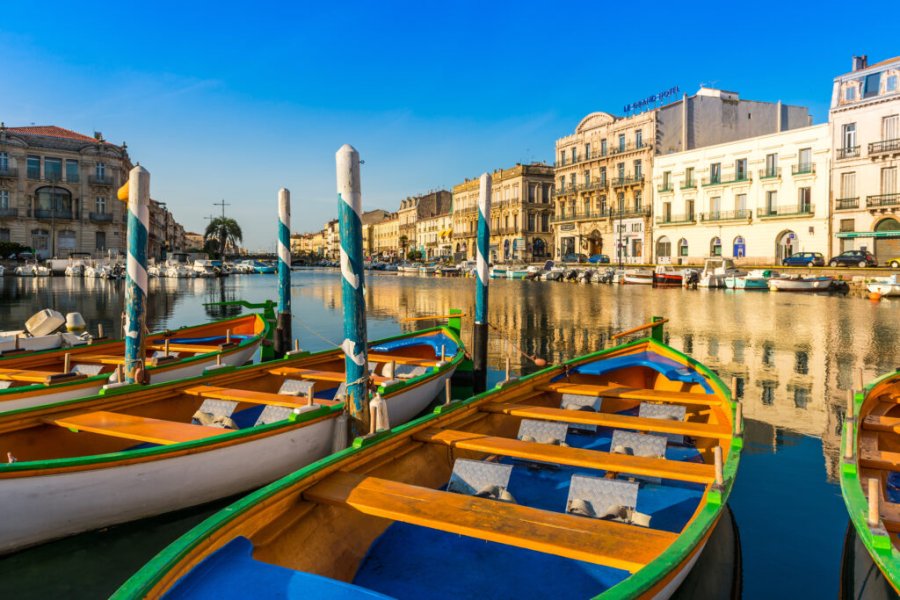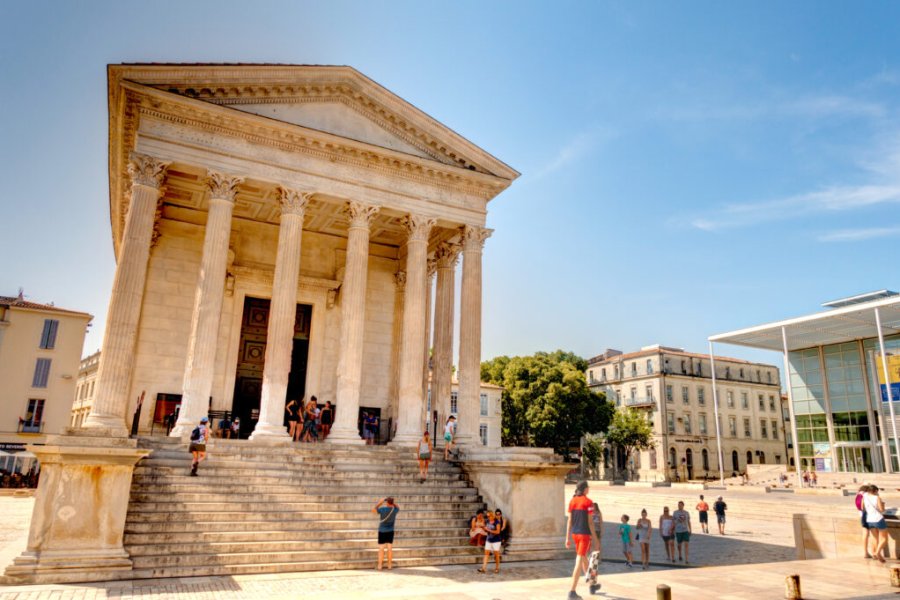Travel Guide San Juan Del Norte
Find an accommodation
Advertising
After the branch line towards the Río río, we enter the real heart of the San Juan River: everything becomes more savage, rain almost never ceases, the end of the world is at hand. At the entrance to the Río River, it is possible to observe the remains of an American boat that sailed on the river during the gold rush. The landscapes around the Machuca rapids are sumptuous. There are a lot more of them and it is common to see them on the banks.Remember that public transport is very random on this part of the journey. Some tourists prefer to go through Costa Rica to enter the San Juan river via the Río Sarapiquí.Attention: the border with Costa Rica is still a little blurred (although certain, but in reality is certainly unclear…), several military controls will spoil a little of the magical atmosphere of this ubiquitous nature.By continuing to the Caribbean coast, the border between the two neighbouring countries stops following the south shore of the river: the San Juan River leaves to the northeast while the Río (Costa Rica) flows to the southeast. The San Juan River narrows (possibilities to admire beautiful monkeys and toucans) and then win the Caribbean Sea at a bench of black sand (La Barra). Sharks abound around the sea (sea side), waiting for fish that enjoy both salty and soft waters, unique combinations for an equally unusual landscape.North of the sand bench spans a series of coastal estuaries called San Juan Bay. The impression of the end of the world can hardly be as intense as it is in these areas half-proportions, half-paradise. The dredge was still observed, which was used in the excavation of the canal (never finished) at the end of the th century.Finally appears the desert town of Greytown, the ruins of the old San Juan del Norte, known under its English name (awarded in honour of the Governor of Jamaica, Sir Charles Grey). Indeed, the Spaniards who would first continue the region (how to speak, indigenous people were and are always the true masters) agreed to the village the status of "free port" in 1796, just like Omoa in Honduras or Santo Tomas de Castilla in Guatemala. However, the Miskito préférèrent combined with the English (or the reverse), King Mosco gave them the right to exploit wood in large quantities. In 1848, the English occupied San Juan del Norte militarily in the idea of constructing an inter-ocean canal; San Juan then became Greytown: diplomatic relations are immediately established with other countries. However, on 15 March 1854, the United States Frigate Overjoyed destroyed the port in retaliation for the ill treatment inflicted on Minister The Bolrand, who was travelling on the Routh before being intercepted by the San Juan police and abused by the population.It is difficult to imagine the intense activity that reigned here in the th century when the appareillaient boats for New York or for Lake Nicaragua. It was difficult to imagine what Mark Twain saw, which described the city as a "human paradise" and ecstatic at the elegance of this port where it was so easy to find accommodation for a dollar (of the time). Splendeurs and misères of courtiers!Today, there is only one mysterious cemetery (national monument) Anglican, Mormon, North American, Spanish and Creole. In fact, the village continued to be inhabited until the 1980 s. The fierce fighting between the Contras and the Sandinista guerrillas completed the destruction (it was burned in 1983). The new village of San Juan del Norte was built from 1990, when 30 families returned from Costa Rica where they were in exile.San Juan del Norte, extending along the Río, marks the end of this fabulous journey. Fishing is mainly lobster. The inhabitants are Afro Caribbean De, the Pacific coast Métis and the indigenous Matagalpas (précolombiens descendants)!
Suggested addresses San Juan Del Norte
Weather at the moment
Advertising
Organize your trip with our partners San Juan Del Norte
Transportation
Book your plane tickets
Car Rental
Boat rental
Accommodation & stays
Find a hotel
Holiday rental
Find your campsite
Tailor-made trip
Immersion travel
Services / On site
Activities & visits
Find a doctor
San Juan Del Norte travel inspiration
Find unique Stay Offers with our Partners
Pictures and images San Juan Del Norte
There are currently no photos for this destination.





